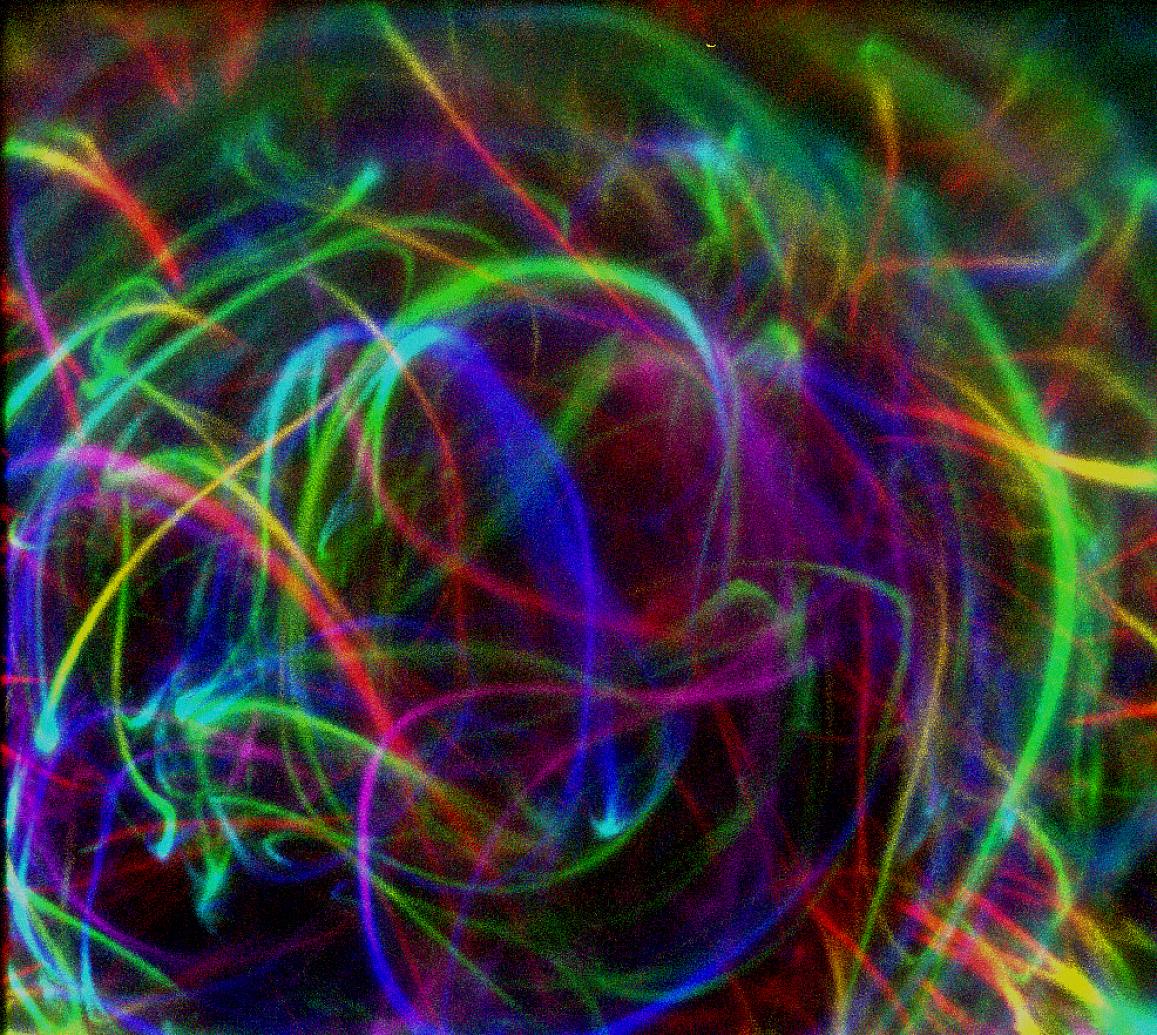Mirror image: Researchers create higher-quality pictures of biospecimens
NIH scientists improve efficiency, speed, and resolution of optical microscopy.
Researchers from the National Institutes of Health and the University of Chicago improved the speed, resolution, and light efficiency of an optical microscope by switching from a conventional glass coverslip to a reflective, mirrored coverslip and applying new computer algorithms to process the resulting data.
Hari Shroff, Ph.D., chief of the National Institute of Biomedical Imaging and Bioengineering’s lab section on High Resolution Optical Imaging (HROI), and his team have spent the last few years developing optical microscopes that produce high resolution images at very high speed. After his lab develops these new microscopes, they release the plans and software for free, so any researcher can replicate the advances made at NIH.

An image of a zebrafish eye collected by a super resolution microscope that also uses adaptive optics to increase efficacy.
This page was last updated on Friday, January 21, 2022